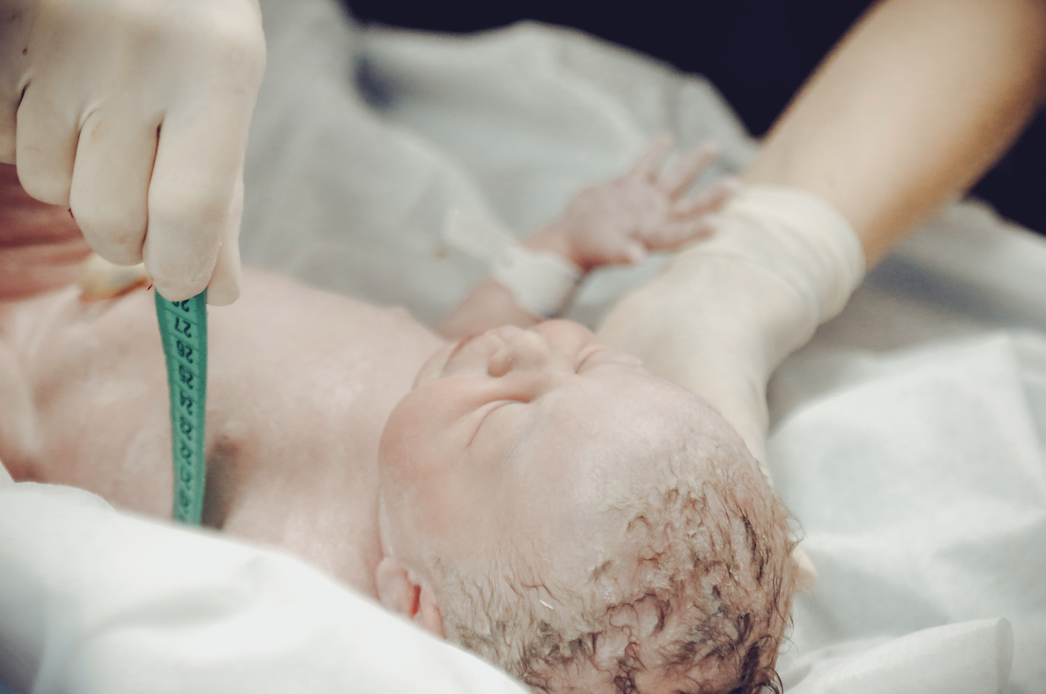“A savior sibling is a child who is born to provide an organ, bone marrow, or cell transplant, to a sibling that is affected with a fatal disease” (National Library of Medicine). Just like every other concept in this world, the idea of a savior sibling has advantages and disadvantages. Due to the way DNA is passed down from parent to child, siblings possess similar DNA and have at least a 50% chance of being a match for an organ donation to their sibling. This means that the transplant is more likely to successfully take and there is less chance of rejection from the recipient. Savior siblings often donate bone marrow, blood, and other vital organs to an older sibling who is suffering from a fatal condition. (The savior sibling is almost always younger due to the fact that they are conceived for the sole purpose of saving their older siblings’ life.) A savior sibling isn’t conceived through sexual intercourse, but rather the parents go through a process called In Vitro Fertilization (IVF), which is used in accordance with Preimplantation Genetic Diagnosis (PGD). PGD is a laboratory procedure used in conjunction with IVF to reduce the risk of passing on inherited conditions to offspring. In simpler terms, PGD is used to make sure that the younger sibling does not inherit the same condition as the older sibling, therefore ensuring that the younger child can donate organs to save their sibling’s life. During IVF and PGD doctors try to implant only zygotes that are compatible with the existing child, making the siblings as genetically similar as possible.
By conceiving a savior sibling the parents are giving their eldest child who is suffering a chance at life; the younger sibling would donate bone marrow, blood, and other vital cells and organs to their sibling to potentially save their life. Some religious beliefs regarding savior siblings state that donating organs to a dying person in order to prolong their God-given life is morally correct, even if the one donating is suffering, because suffering is a part of life.
Is putting a healthy child through countless surgeries and procedures okay?
Once a savior sibling is born doctors immediately extract some of their cells away, in order to be used on the newborn’s sibling. The umbilical cord of a newborn baby contains hematopoietic stem cells (also found in bone marrow) which are vital to a child who lacks them due to cancer or another fatal disease. The savior sibling is not even hours old when their parents and doctors begin using them for their sibling’s benefit. There has additionally been no proven medical benefit for the savior sibling themselves, and many of the procedures they have to go through can be very dangerous.
In addition to such physical dangers posed to the savior sibling, the child can also undergo emotional and psychological damage as they are exploited for their organs and conceived for the sole purpose of saving another’s life. The physically healthy child can also become traumatized as they receive minimal attention from their parents apart from when they are “in use”; this concept of a child growing up in a home with a sibling who takes up a disproportionate amount of parental energy is referred to as the ‘Glass Child’ phenomenon. And imagine when a savior sibling realizes that they aren’t seen as an individual but as an organ bank, living in the shadow of their sick brother or sister. Any child subjected to this treatment is prone to psychological difficulties, feelings of invisibility in the family and feelings of guilt and self blame.
Together with the countless risky procedures, physiological difficulties and mental damage compared to the few to nonexistent benefits of savior children, solely birthing a child for the role of harvesting their organs is harmful to all parties involved, and is thus unethical.
Bibliography:
“Born to donate: proposals for “savior sibling” regulation in Latin America.” NCBI, https://www.ncbi.nlm.nih.gov/pmc/articles/PMC6220490/. Accessed 4 April 2023.
McCann, Jaymi. “Meaning of the term ‘glass child’ explained and why it’s gained traction on TikTok.” iNews, 22 March 2023, https://inews.co.uk/news/technology/glass-child-what-meaning-term-explained-tiktok-2225754. Accessed 9 April 2023.
Ntontis, Evangelos. “(PDF) Glass children: The lived experiences of siblings of people with a disability or chronic illness.” ResearchGate, 27 January 2022, https://www.researchgate.net/publication/358096314_Glass_children_The_lived_experiences_of_siblings_of_people_with_a_disability_or_chronic_illness. Accessed 12 April 2023.
“Pre-Implantation Genetic Diagnosis | Conditions & Treatments.” UCSF Health, https://www.ucsfhealth.org/treatments/pre-implantation-genetic-diagnosis. Accessed 4 April 2023.
“Saviour siblings – Advantages and disadvantages table in GCSE Religious Studies.” Get Revising, 24 April 2016, https://getrevising.co.uk/grids/saviour-siblings. Accessed 9 April 2023.

